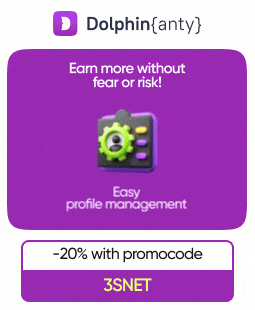iGaming and Affiliate Marketing News
In the News section on 3S.INFO, you’ll find up-to-date coverage and insights on the iGaming industry, including key trends and developments shaping the gambling market. We highlight the latest updates in gaming legislation, introduce new products and technologies, and comment on changes affecting operators, affiliates, and platforms.
You’ll also find a dedicated section with exclusive iGaming Heroes interviews, featuring experts from affiliate marketing, betting and gambling sectors. Every day we deliver only relevant industry information: performance reviews of CPA networks, affiliate programs, market trends, opportunities and emerging challenges.
Stay connected with our news updates to keep track of the fast-moving world of iGaming and online gambling.
Most Unusual Events for Betting
06 Jan 2026
Trackier Platform: “Flexibility Based on Transparency”
05 Jan 2026
10 Facts About Casinos and Bookmakers
04 Jan 2026
Happy New Year at casinos and bookmakers
31 Dec 2025
iGaming Industry in Numbers from Market Leaders
24 Dec 2025
iGaming Germany 2026
23 Dec 2025
IREV Platform: “We Provide Strong Competition to the Industry Giants”
23 Dec 2025
Betting in Russia: Prospects for 2026
22 Dec 2025
LEON Bookmaker: “There is No Panic Mood!”
22 Dec 2025
PARI Bookmaker: “The Reduction Can Be Minimized by Several Times”
22 Dec 2025






































